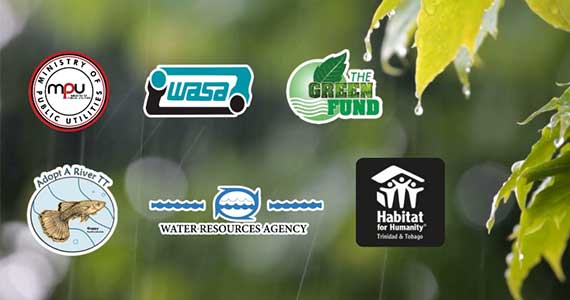Construction of Rainwater Harvesting Systems
The harvesting of rainwater simply involves the collection of water from surfaces on which rain falls, and subsequently storing this water for later use. Normally water is collected from the roofs of buildings and stored in rainwater tanks or underground cisterns.
It is done utilizing a system which consists of:
- Catchment area (roof)
- Conveyance (guttering)
- Storage (tank, cistern, barrel)
- Distribution (connector pipe or tap) More elaborate installations may include pumps and filtration systems.
To ensure that leaves, twigs, dust and other unwanted substances do not enter the storage area, the harvester can be designed and set up to remove those materials. Screens can also be put in place to prevent mosquitoes and other organisms from entering the system.
Advantages
- Rainfall can be used for drinking and non-drinking purposes
- Reduces erosion and controls storm runoff
- Reduces demand on surface and ground water stores
- Does not corrode or cause scale buildup in pipes
- Is easy to maintain







